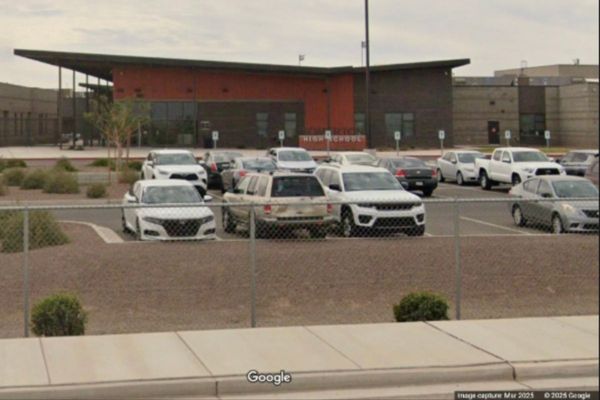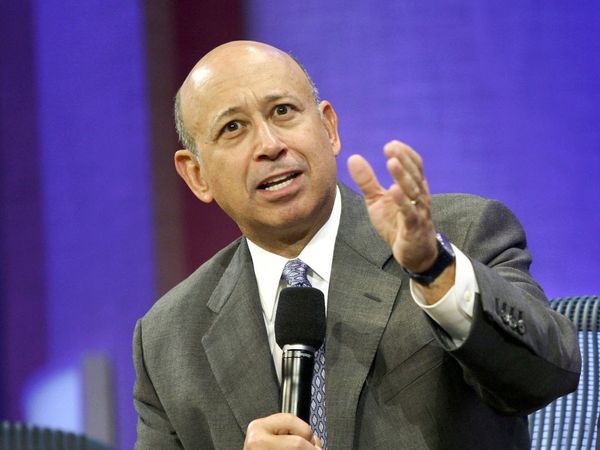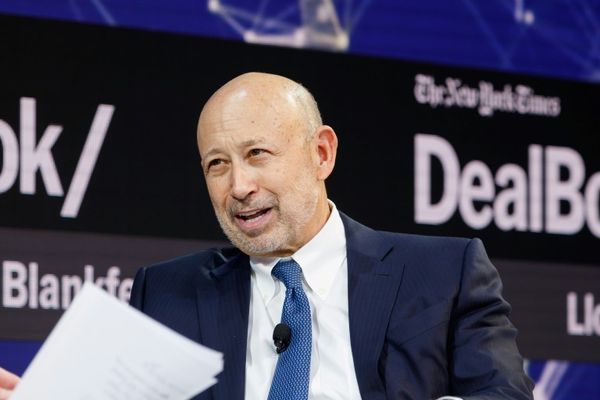In the autumn of 2009, the high-rolling social scene in New York was abuzz with talk of a Malaysian financier-cum-socialite known as Jho Low, who was touring the city’s most exclusive nightspots in a fleet of black Cadillac SUVs.
Hardly anyone knew much about the serial partygoer, or how he had amassed enough wealth to spend hundreds of thousands of dollars in swanky Manhattan bars. In November of that year, the New York Post published a salacious profile of Mr Low describing him as a “mystery man”.
So it is surprising that two weeks later Lloyd Blankfein, one of the world’s most powerful bankers who at the time was chairman and chief executive of Goldman Sachs, attended a meeting with Mr Low and Najib Razak, who was then Malaysia’s prime minister.
Mr Low has since been charged by US prosecutors for allegedly masterminding a vast fraud at 1MDB, the Malaysian state development fund, which involved paying bribes totalling billions of dollars to government officials.
Much of that money ended up in Van Gogh paintings and luxury properties in Beverly Hills, according to court filings. In a particular irony, it was also used to help fund the The Wolf of Wall Street movie, a cautionary tale of excess in New York’s financial district.
As the 1MDB scandal has gathered steam in recent years, Goldman has faced repeated questions over its role in underwriting bond offerings worth $6.5bn for the Malaysian state fund in 2012 and 2013, a service for which it charged a hefty fee of $600m.
Goldman has always maintained that it did not know how the proceeds of the bond offerings were spent, but its involvement in the scandal has come to the fore again in recent weeks after two of its former employees were charged for their alleged role in the 1MDB affair. The bank did not reply to a request for comment on Thursday.
Earlier this week, Goldman’s new CEO David Solomon said he found it “very distressing” that Tim Leissner, a former partner who has pled guilty to charges, and Roger Ng, a former managing director, “so blatantly broke the law”. A third banker — Goldman’s former co-head of investment banking in Asia-Pacific ex-Japan, Andrea Vella — is not accused of wrongdoing and has been placed on leave.
Prosecutors allege that Mr Leissner and Mr Ng conspired to commit the fraud with Mr Low, who acted as a secretive middleman to grease the wheels on many of the deals between 1MDB and Goldman. The justice department revealed last week that the trio had been charged with money-laundering and accused of violating US laws against bribing foreign officials.
Mr Solomon’s comments this week appear part of a carefully-choreographed strategy to paint Goldman as a victim of Mr Leissner’s and Mr Ng’s alleged criminality, as executives brace themselves for the Department of Justice to sanction the bank for failing to identify or prevent nefarious activities.
“If you read the indictment of Leissner, it is clear that there were two people inside the bank and one person outside who were conspiring to withhold information from our legal, our compliance, and our business intelligence,” said one Goldman executive.
“We did not know there was a middleman,” the executive said. “If we had known, then we wouldn’t have done [the bond offering].”
However, the revelation that Mr Low met with Mr Blankfein at least once could undermine this “rogue employee” narrative. Mr Blankfein is still chairman of Goldman, having handed over to Mr Solomon as CEO earlier this year.
It is very difficult to manage people in far flung places. And we are just finding that out
It is not clear whether Mr Blankfein knew that Mr Low helped arrange the 2009 meeting with the Malaysian PM, or whether the pair even spoke. But the very fact that they met could complicate the bank’s attempts to prove that it did not know he was involved as a middleman in the 1MDB deals.
Prosecutors believe that Mr Low met on a second occasion with a senior Goldman executive in 2013 at a gathering that included the Malaysian PM and one of his family members. The meeting took place at the Time Warner Center in New York, according to court filings.
A person briefed on the matter said that the unnamed executive at the 2013 meeting detailed in the filing was Mr Blankfein, although there is some doubt over whether Mr Low was at that second meeting.
In April 2010, Mr Low sent an email to Mr Ng asking for help in securing the attendance of a senior US political official at an event in New York, where the charitable work of the Malaysian PM’s wife was due to be celebrated. According to court filings, that request was forwarded to a “high-ranking” Goldman employee, although the person briefed on the matter said that this was not Mr Blankfein or another top executive.
Goldman believes there is much in the indictments against Mr Leissner, Mr Ng and Mr Low that supports its rogue employee defence. For instance, the bank’s compliance department repeatedly asked whether Mr Low was involved in any of the 1MDB deals, and time and again he denied the fact, prosecutors allege.
Whether Goldman is successful in its efforts to show it was a victim of a rogue employee could play an important part in what sanctions — if any — the DoJ brings against the bank.
Banks have tended to pay relatively small fines to settle rogue trader scandals — albeit in Europe, where penalties are typically lower than in the US. UBS was fined £29.7m for “control breakdowns” that allowed Kweku Adoboli to lose $2.3bn in 2011, while Société Générale was fined €4m in 2008 for the Jérôme Kerviel scandal.
“This is not that different from a rogue trader, who didn’t book the trade and just put it in his drawer,” said the Goldman executive.
However, while Mr Leissner allegedly tried to hide the involvement of Mr Low from compliance staff, he was less circumspect with other employees at the bank. On two occasions, he tried to help the Malaysian financier open a personal wealth management account at Goldman, although the efforts were unsuccessful because of concerns over the source of his money.
The DoJ’s indictments indicated that it thought the problems were more widespread than a few bad apples, criticising Goldman’s “business culture . . . particularly in south-east Asia”. It said the bank “was highly focused on consummating deals, at times prioritising this goal ahead of the proper operation of its compliance functions”.
Goldman will get to make its case to the DoJ at a meeting next week. “We’ll explain the lengths to which [Mr Leissner and Mr Ng] went [to deceive compliance],” said a person familiar with the situation.
And the bank will also stress that the majority of the information in the indictments against the pair is evidence provided by Goldman.
Still, after years during which Goldman has presented itself as the clean bank that dodged many of the big scandals plaguing rivals, it may be about to lose its lustre.
“It is very difficult to manage people in far flung places,” said the Goldman executive. “And we are just finding that out.”
Copyright The Financial Times Limited 2018
2018 The Financial Times Ltd. All rights reserved. Please do not copy and paste FT articles and redistribute by email or post to the web.










